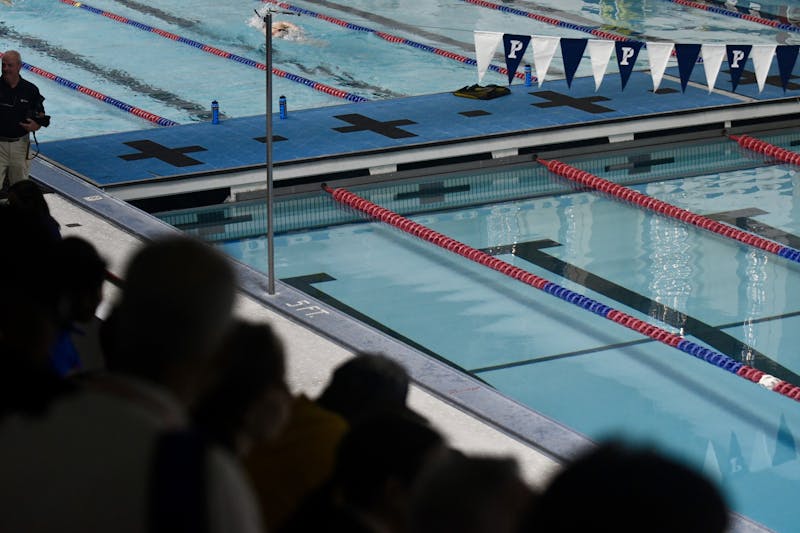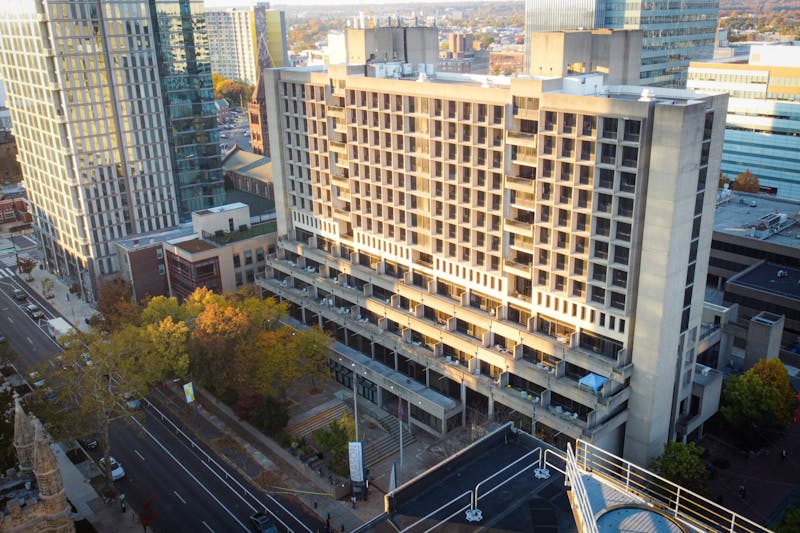The Wharton MBA program saw a significant increase in the number of students submatriculating from the school's undergraduate division, due in large part to an expanded recruitment effort by administrators, officials said. Twelve students were selected for the program from a pool of approximately 25 applicants, according to Wharton Graduate Division Associate Director Robert Alig. The number stands in sharp contrast to the relatively low numbers of applicants -- usually one or two students-- in recent years. Wharton Undergraduate Division Vice Dean Richard Herring noted that the number of participants was higher in the 1970s and early 1980s, when business students often proceeded directly into an MBA program after completing undergraduate coursework. "This year, we were interested in building up the opportunity," Herring said. Several students reported receiving e-mails about the joint-degree program inviting them to attend information sessions last December. The increased efforts by administrators come as a response to tracking reports indicating that many alumni of the Wharton undergraduate program completed their graduate studies at other schools. "Essentially, we had become the main feeder school for Northwestern and Harvard's MBA program," Herring said. Lack of advertising about Wharton's offerings, according to Herring, represented "a competitive opportunity lost." The application process involved standard MBA requirements such as taking the GMATs and submitting the application, complete with personal essay. Applicants had to have junior standing in terms of credit units. Other qualifications included significant work experience from internships and involvement in extracurricular activities. Students were also expected to demonstrate maturity, according to Alig. "The people we selected we deemed seasoned beyond their years," Alig said. Wharton Graduate Division Assistant Director for Academic Services Georgia Taylor, whose office is in charge of advising the students, noted that they are "treated just like MBAs? for administrative purposes they are MBAs." This year's influx of students made advising "confusing in the beginning," Taylor said. But she noted that many students find they've fulfilled more than one half of first-year core courses, permitting them to use two courses for electives or to complete filling undergraduate liberal arts requirements. Students are usually notified of the admissions decision in late May, after regular MBA admissions. This gives the selection committee an opportunity to review spring semester grades. Admitted students then return in August to take a pre-term course with MBAs. Many students cited the opportunity to save money and time as the primary reasons they decided to submatriculate. First-year MBA Charles Myers, a Finance submatriculant, described the academics requirements of the graduate program as "basically the same" as the undergraduate level. But although he said socializing with his fellow students is more difficult because "the average MBA student is six years older than you," he noted that "in general [the MBAs] are very supportive and impressed by the submatrics." Herring said this year's first information session on submatriculation will be held November 19 at 4:30 p.m. The location will be announced shortly.
The Daily Pennsylvanian is an independent, student-run newspaper. Please consider making a donation to support the coverage that shapes the University. Your generosity ensures a future of strong journalism at Penn.
DonatePlease note All comments are eligible for publication in The Daily Pennsylvanian.







